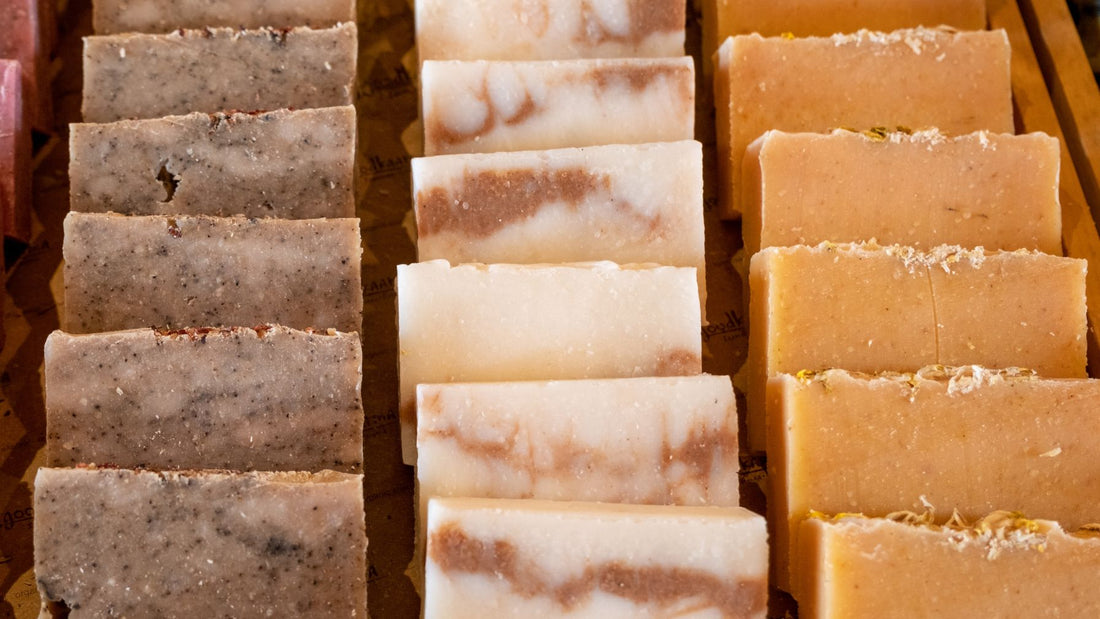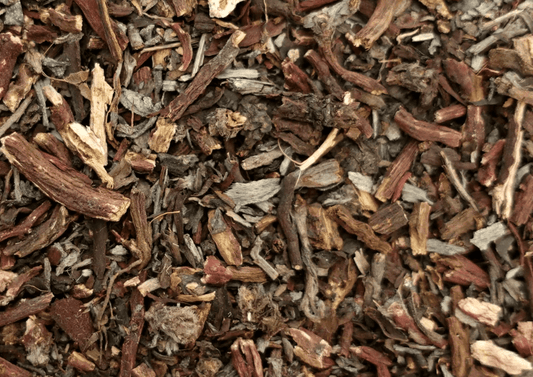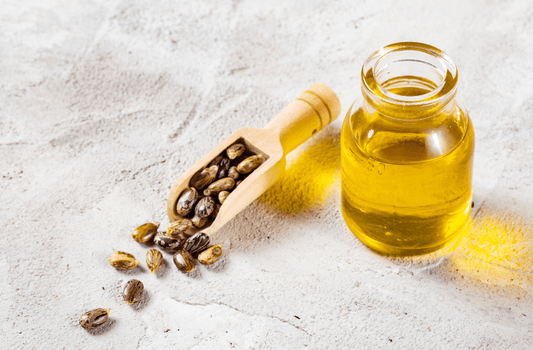What is Gel Phase?
Gel phase in only happens in cold process soap making, and after your soap is poured into its mould. Gel phase is when your soap becomes hot enough to become a translucent gel inside your mould.
Is gel phase a good thing in cold process soap?
Allowing your soap to gel has 2 main benefits:
- It makes any colourants that you are using brighter, particularly useful if you are using natural colourants such as clays as these tend to be more muted.
- It generally allows for easier and faster unmoulding of your soap.
To help your soap reach gel phase temperatures, you can wrap your soap mould in a towel to help insulate it. This will help keep the temperatures high and allow your soap to reach gel phase.
Gel phase can cause issues sometimes. If the inside of your soap reaches a high enough temperature, but the outside doesn’t, you can end up with partially gelled soap. This causes bars of soap that have a dark circle in the centre.

How to stop gel phase in cold process soap?
There are several options open to you.
- After moulding do not wrap your soap, cover it with a lid instead and do not stack full soap moulds together or on top of each other.
- Don’t use too high a water reduction. The less water you use the faster and warmer the saponification process will be.
- Work at lower temperatures, try your oils and lye solution to be 26-32 C
- Put your freshly poured soap in the fridge once in the mould for several hours.
These techniques are particularly useful if you would like a more muted colour palette in your finished soap.
These types of soap will overheat easily: Soap with milk, honey, fruit or vegetable content. Use the steps above to keep the mould cool and prevent your soap from overheating.



